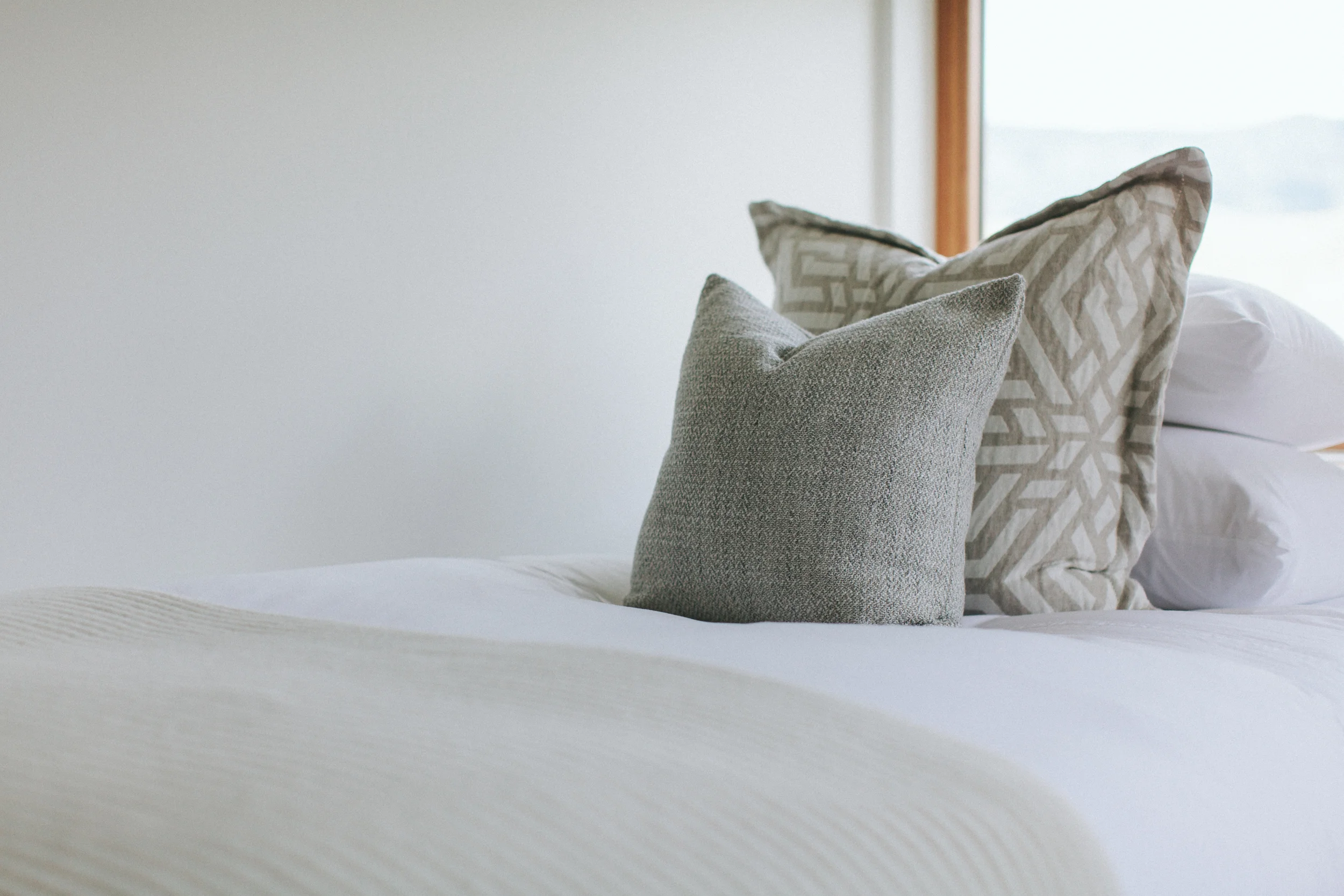About The Old bakery
Nestled along the picturesque historic high street in the quaint town of Kenilworth, The Old Bakery Hotel is a Beautiful 16th Century Elizabethan building, converted in to a pub and hotel. We offer 14 airy rooms with luxurious yet understated furnishings and fixtures. We have kept the integrity of the grade II listed structure warm and rustic finishes to give you a homely, boutique hotel and pub. We are ideally located next to the beautiful Abbey Fields park; Only two minutes walk from The Cross, (Kenilworths’ Michelin Starred restaurant) and just five minutes from the Historic Kenilworth Castle.
The history of the hotel
Many people in Kenilworth remember the building when it was Fancotts Bakery & Tea Room. The bakery was established by David Fancott in 1825. It was an institution with Kenilworth folk who celebrated numerous events at the Bakery. In the mid 90’s the bake-houses came to the end of their useful life and the owner sold the business to Terry Smith who spent the next couple of years building new bedrooms to the rear of the main building. The 400 year old grade II listed building fronting on to High Street was carefully renovated to ensure the character remained. As a result of the high standard of work The Old Bakery was given a new lease of life and is now a feature of the Old Town part of Kenilworth.
our town…
It is surprising that Kenilworth is not better known when you read it’s history. Along with its castle, it is certainly worth spending some time exploring.
A settlement existed at Kenilworth by the time of the Domesday Book of 1086, which records it as Chinewrde meaning “farm of a woman named Cynehild”.
Geoffrey de Clinton (died 1134) initiated the building of an Augustinian priory in 1122, at the same time as he initiated the building of Kenilworth Castle.[3] The priory was raised to the rank of abbey in 1450 and suppressed in the Dissolution of the Monasteries in the 1530s. Thereafter the abbey grounds next to the castle, were made common land in exchange for common land that Robert Dudley, 1st Earl of Leicester used to enlarge the castle. Only a few walls and a storage barn of the original abbey survive.
Just off Coventry Road in Kenilworth is a field called the Parliament Piece. It is traditionally said to be the site where Henry III held a Parliament in August 1266, while his troops besieged Kenilworth Castle, where the late Simon de Montfort’s followers, led by Henry de Hastings, were still holding out against the king’s forces. This Parliament led to the Dictum of Kenilworth: a settlement that offered the rebels a way of recovering the lands that the Crown had seized from them. One copy of the Dictum is endorsed in castris apud Kenilworth — “in the camp (or castle) at Kenilworth”. Members of the public have free access to Parliament Piece, which is owned by the Open Spaces Society and leased to Warwick District Council.
Elizabeth I visited Robert Dudley, 1st Earl of Leicester at Kenilworth Castle several times, the last of which was in 1575. Dudley entertained the Queen with pageants and banquets that cost some £1,000 per day, presenting diversions and pageants surpassing anything ever before seen in England. These included fireworks.


